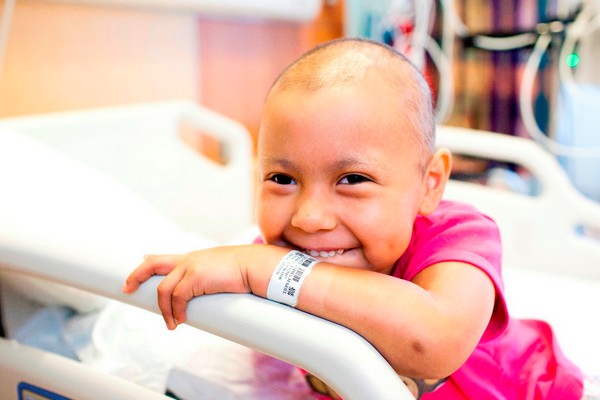When it comes to the fruit consumption in the United States, blueberries are in the second rank when it comes to popularity. They fall second to strawberries. With this, it can be said that blueberries are not just famous. They also rank high as far as diet is concerned for the US. These will always be in blueberries nutrition facts. There are capacities for antioxidant. These are stumbled upon on spices, seasonings, vegetables and fruits. Antioxidants are necessary for health to be optimized. This is a way to combat various free radicals. These will always be bad for they damage DNA.

More about blueberries
It is recommended for everyone to enjoy the blueberries as they are raw. Many are discouraged to resort to blueberries which are baked since there is a diminishing in the nutrition here. The best flavor can be well enjoyed if the blueberries are taken as they are. There are still many native fruits located in North America. This has been the case for a hundred of years already. Great popularity is enjoyed by blueberries. This is how it is perceived all over the world. This also concerns different cuisines which are from Asia to Mediterranean. There are ways to prepare blueberries. What are these?
There are researches about blueberry antioxidants. This goes with benefits. They are of full potential. Mostly, there is a direct implication to the nervous system of the individual. This may also be experienced by the health of the person’s brain. This is an evidence that proves blueberries to be helpful, most especially in the improvement of memory. There are studies that will support. These involve adults. The oldest person involved in the research is 76 years old. For 12 weeks, blueberries were consumed. Throughout, it was said that this improved the cognitive ability of the person. This focuses on the memory. There might be a slight difference if a person drinks in juice. Participants of the said study took 2 to almost 2 ½ cups. A good number of berries was received here. During this time, the person involved in the study was fully convinced that blueberries are indeed beneficial. They can slow down whatever problems which may transpire in the future. This may somehow be connected to aging.
There are studies which also believe that blueberries can be frozen. This may be done without any damage to the anthocyanin antioxidants which are delicate in nature. No questions were asked about this. There is a myriad of anthocyanins which may be seen in the antioxidants of blueberry. There are colorful pigments which are responsible in providing food the shades it has. This may be in red, purple and blue.
There is a low GI, or glycemic index found in berries. GI, regardless, is a common way to identify the impact of a food on the blood sugar of a person. This is realized once the blueberries were consumed. These are the implications of blueberries in the body.

